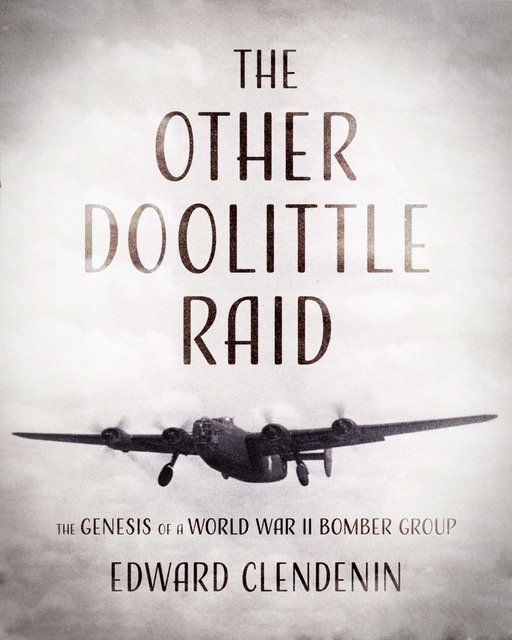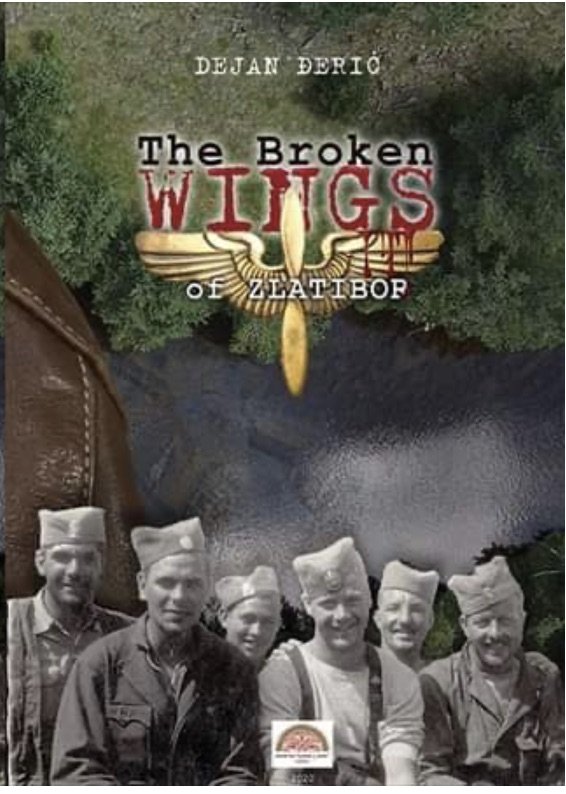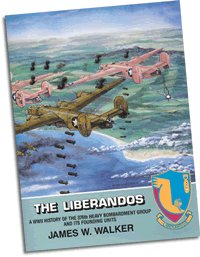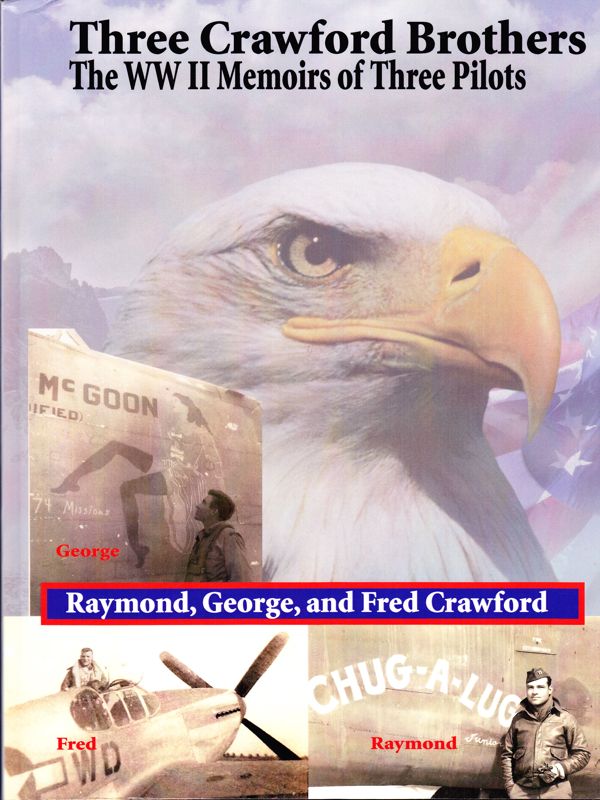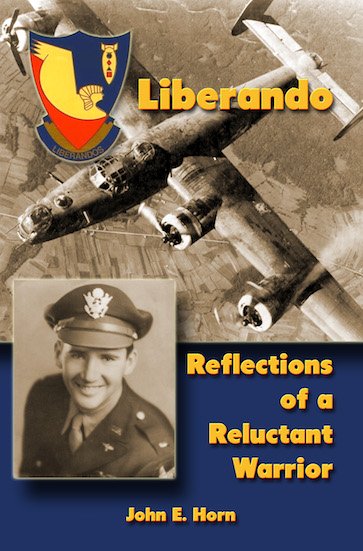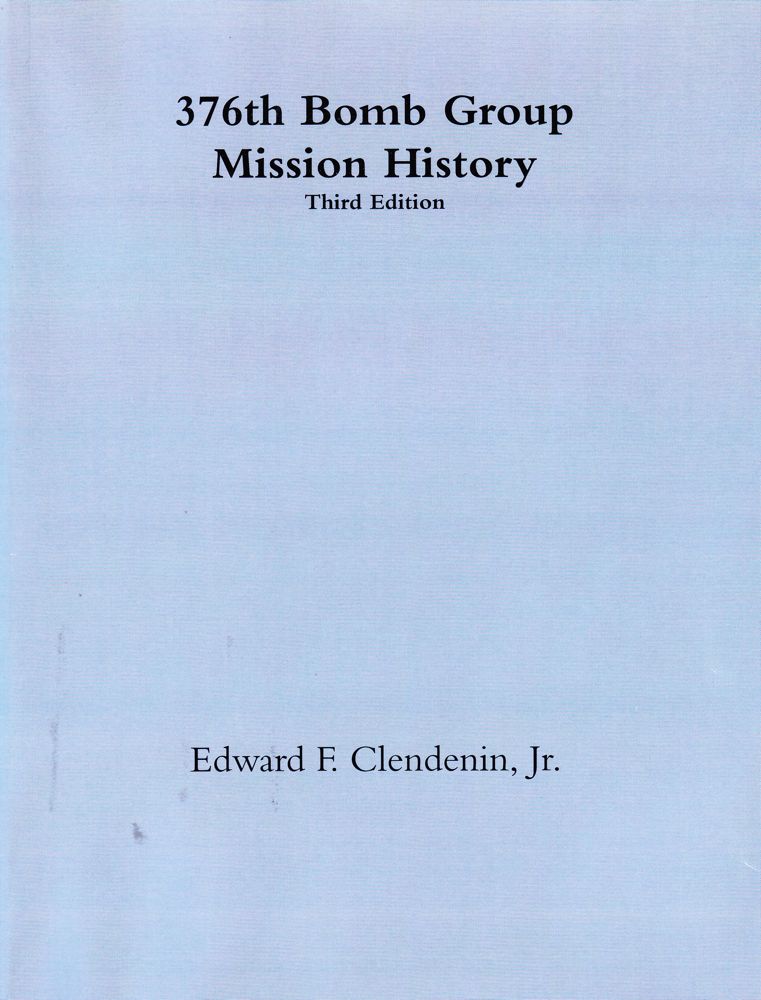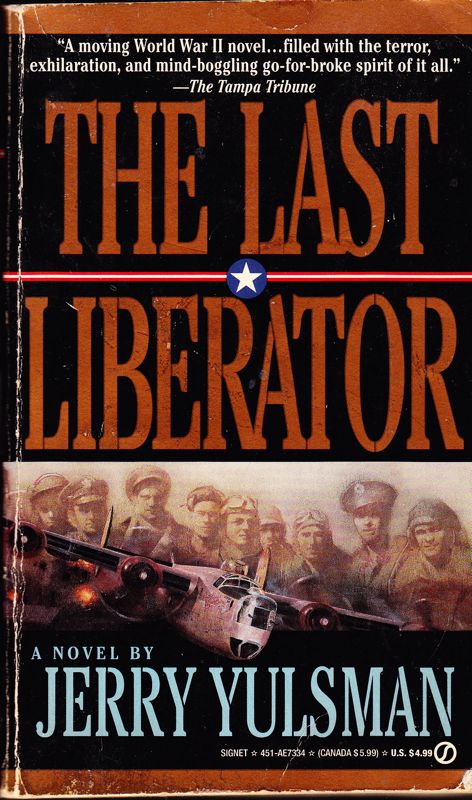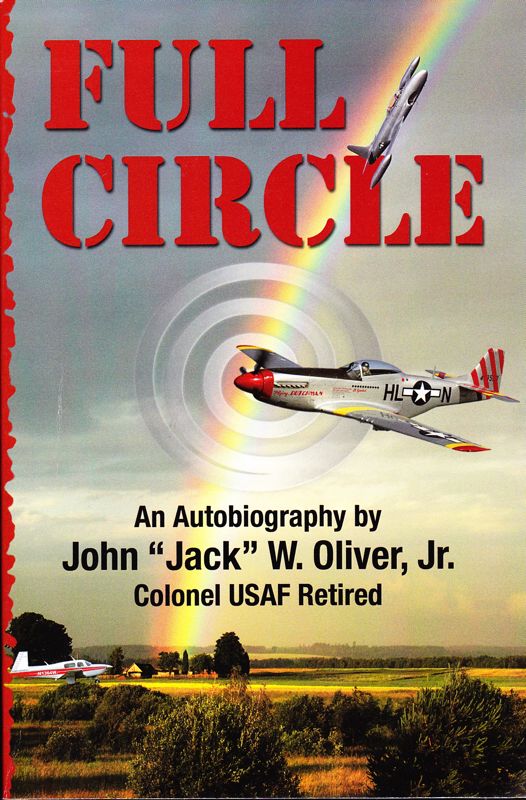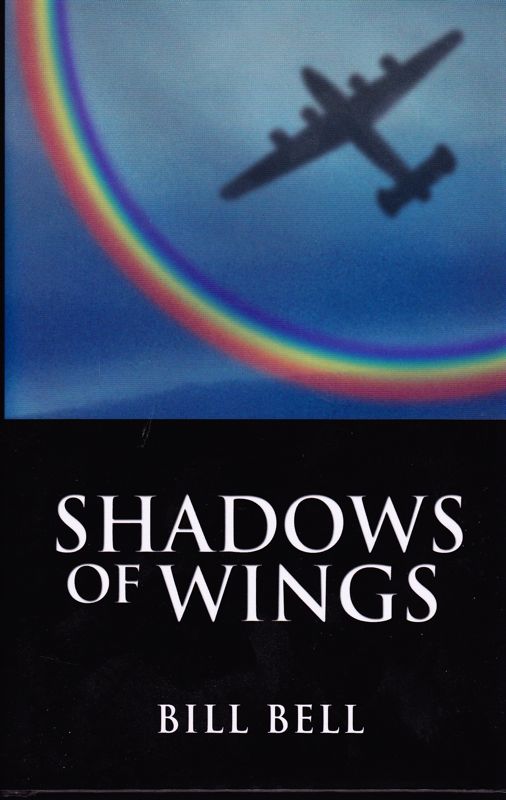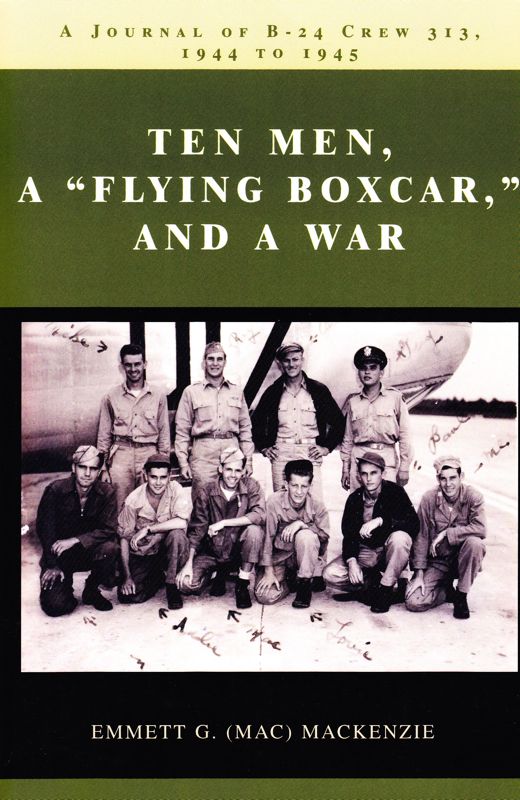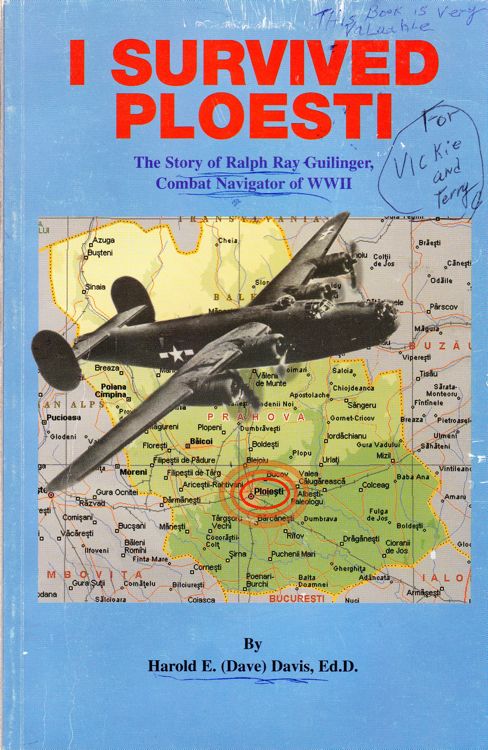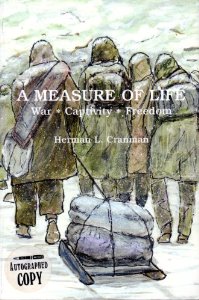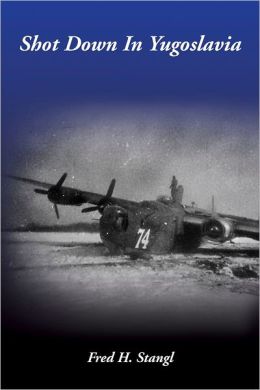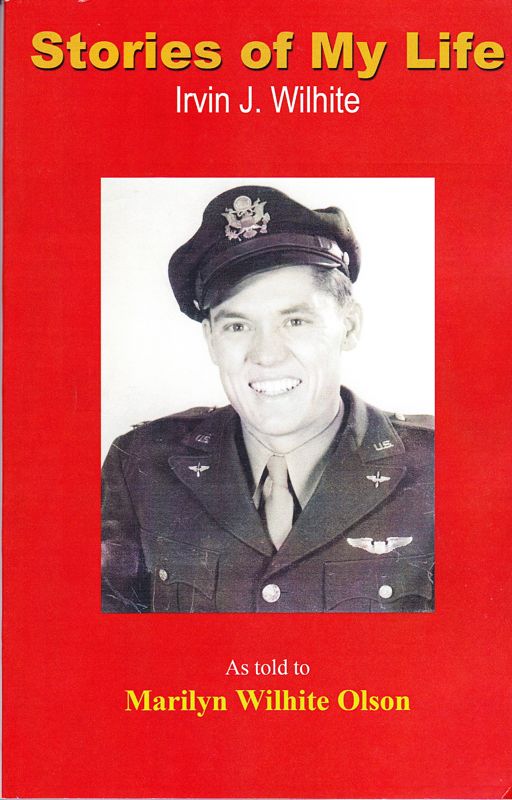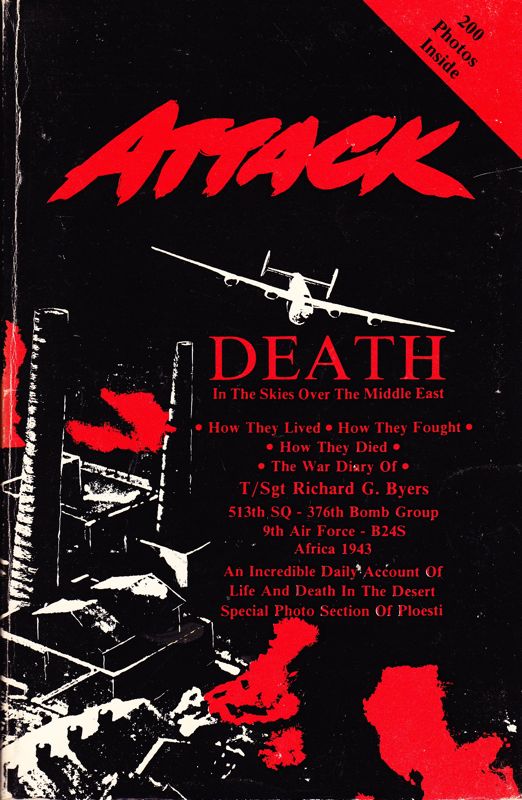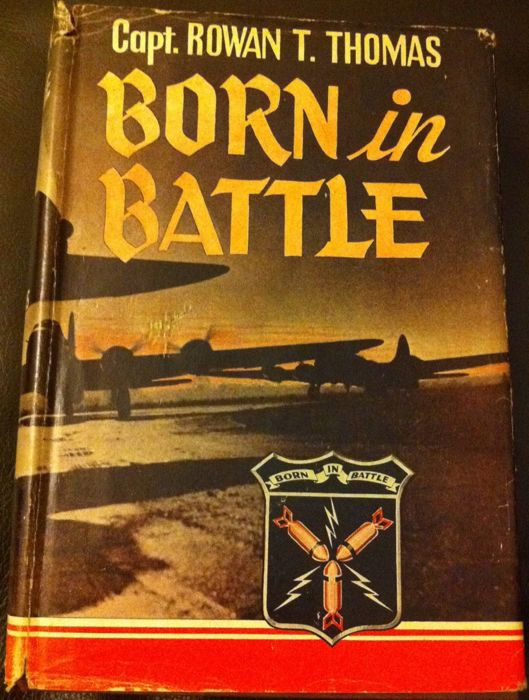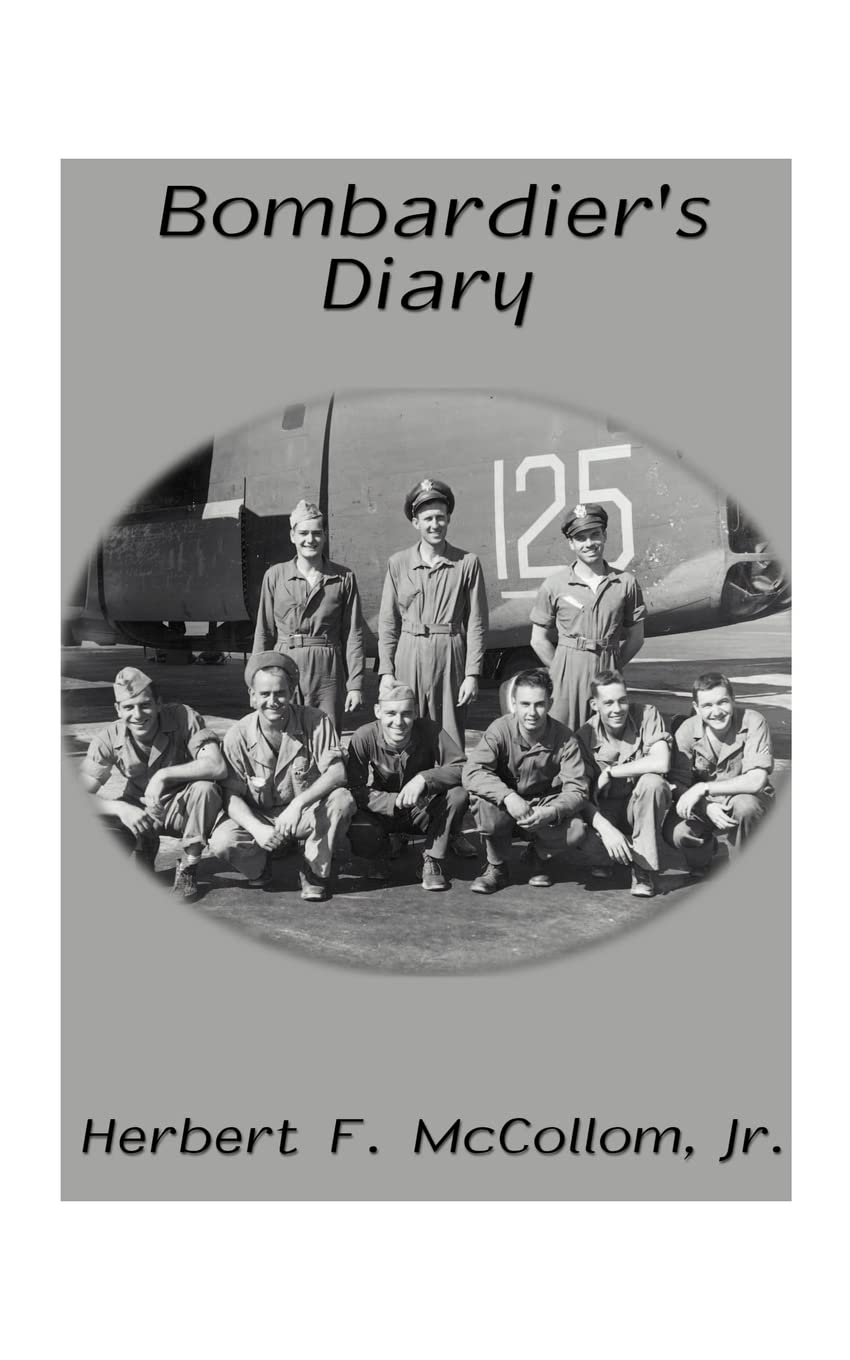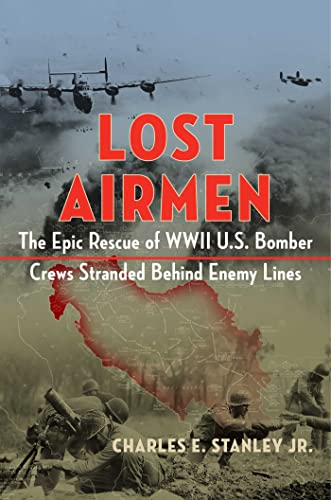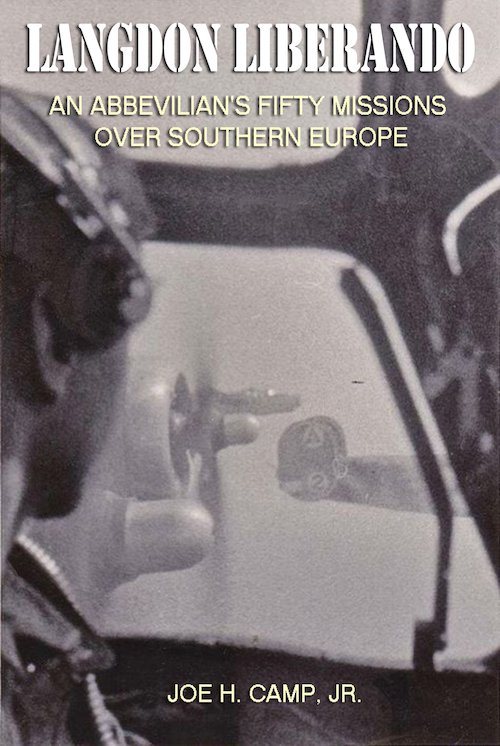Kenneth S. Briggs
Kenneth S. Briggs was a bombardier on the Van Bailey crew. The following his narrative:
Click here to read his notes on the July 24, 1944 mission.
Click here to read his notes on the Nov 22, 1944 mission.
Kenneth wrote a narrative of his overall time with the 376.
Grandpa's Life
In this booklet you will find a mixture of missions flown (33 missions and 27 sorties), the pilots flown with, and papers "relating to various subjects. In telling my story about accidents and near accidents I have told about bailing out with a parachute that was run-over by a ton half, dual wheeled truck. From the various expressions I've observed from listeners I have assumed they doubted the veracity of my story so before continuing further in this "wild tale", I wish to clear up this matter of the damaged parachute. On the left you will find an attempt to show a HARD STAND where aircraft were parked when on the ground. The above-mentioned trucks would haul the crews to the aircraft plus all their flight equipment. The hard stands were big and wide enough for the vehicles to drive in and out by the solid line with a stop to let the crew unload their gear.
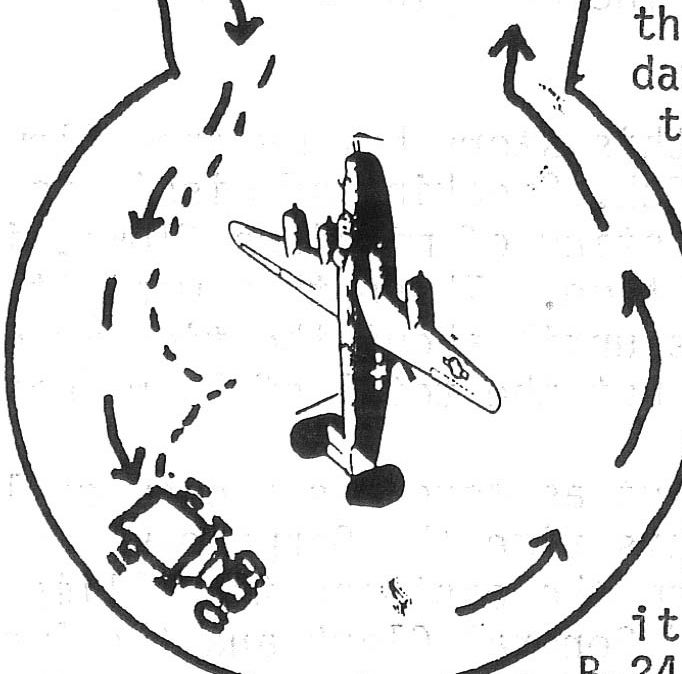
I had always (and continued later the same) unloaded my gear and then taken the pilot and co-pilot's gear to the plane and then returned to get mine and store it in the nose of the craft, which was my station on the B-24. Upon returning to the truck I found that the driver had, instead of driving ahead and around the craft, cramped his wheels and backed over my Duffle bag containing all my equipment including the chute. Needless to say that "it worked" after Frank and I and Coop, the nose gunner, had taken turns at straightening out the wires. Not only because if one died the rest of the crew expired generally we all thought about our crew-mates as close and dear friends. Frank Brown offered to let me hook onto his harness and make the upcoming jump together. That would have been a very dangerous situation for two of us and I declined which is just one more reason that I hold Frank in such high esteem and heartfelt admiration.
You will find an order dated Aug. 26, 1944 that sent me to 15th Headquarters in Bari, Italy along with one each from Groups--98, 450, and 449 (all in our Wing-) for Bombardier school to instruct us as "lead bombardiers". I flew 5 lead missions and they are shown on the list of missions with the pilot's name circled. As with everyone else I had mixed results--good and poor. If you read the remarks on mission 16 you'll see what I mean.
In the main, I'm one lucky man and I'll always consider that I had two birthdays. The odds against my survival were enormous when with faulty equipment and being first out and engines catching again briefly spread us out over a ten mile area on September 10th (missions 17 & 18) when the crew bailed out into the Adriatic Sea I kept my flying gear on for about an hour and as they became soaked I had to get out "a piece at a time" taking a breath and shedding the article.
You'd have to be a fisherman and have fished in the ocean to understand how desperate it was for me since I lost my sea-marker kit when I hit the water so hard. Most of you who read this will have heard the story some umpteen hundred times so I'll end it that I was finally picked up by some Italian fishermen who had already picked up six others of the crew. We lost two crewmen in this accident. This is why I call September l0th my other birthday.
I am well aware that literally millions of men and women who served during WW-II have more horrible tales to tell than what my crew and I could tell about but it doesn't lessen the extreme perils we faced and came out ahead of the grim reaper.
We saw many blasts of flak take planes out of the air but none that had more fame that WAS LEGEND than the 513th's FLAME McGOON and our crew (Bailey the pilot) was in position #2 (or right next to this aircraft which was flying #1 in our formation when hit.) One of several times I had seen flak bursts of red instead of the usual black in color unless real close. ~The story of Flame McGoon appears on pages 395-96 in our 609+ page “THE LIBERANDOS" (the history of the 376th HBG). This craft had flown 76 missions before being blasted from the skies and its crew becoming POWs after bailing out near Bor, Yugoslavia. This was our 8th mission with Van Bailey and involved a raid on Targoviste, Romania. Speaking of The Liberandos book of the history of our bomb group for anyone interested in WW-II might enjoy reading this book. All of the missions that I flew are included in this book with stories of most of our toughest missions.
I don't have any idea of what this will add to this story but my crew flew on the 300th and 333rd missions flown by the 376th. Speaking of missions we got double credit, as you will see by the listing of missions flown, if our sorties were of longer by both distance and time. Those that went to targets in Germany and Austria were all two-fers until about the time we got to come home and then they all counted the same but the total of 50 remained.
Our 33rd mission to Ferrara R. R. bridge was about as tough as a crew could endure and still have all aboard survive. By this time the Germans were in way over their heads with Russian closing in from the east and the Allies on two fronts in France and beyond in that area and General Clark and the American and British troops slowly backing the Germans out of Italy from the south. It was vitally necessary that they kept the railroad lines open for supplies and so they had doubled or more the anti-aircraft guns along R. R. bridges and lines. Flak was getting more plentiful and much more accurate.
This was our second mission to Ferrara since Bob James became our pilot and we had never seen such a concentration of fire-power as what we encountered on November 22, 1944. We had noticed on pieces of flak that we'd find in the plane after an attack that instead of having a scored shell that would break into pieces upon explosion small bits and pieces of scrap metal. The fire over the bridge scored two direct hits on our engines and I saw more red flashes than I'd seen before anywhere...meaning they were exploding right up against us and very accurately. In another section of this article, under McNeal's letter you will read about the piece of flak that had our plane number on it. Please find Col. Paul B. George's order dated Nov. 25, '44. Just 3 days after this very difficult mission, I was offered promotion to Capt. if I'd stay on as Special Services Officer but I declined that 2nd bar. Find medical boards, flight surgeon's, and shipment home orders among the stuff included in this poorly written article.
We had a good Thanksgiving dinner back at squadron and meant it when praying with Thanks. Once again my experiences pale beside those of many others but they certainly were scarey and exciting.
The crew's 5th mission (Editor's note - Jul 24, 1944) was the Submarine pens at Genoa, Italy with 1,000 lb. bombs. Miller (the pilot of the crew I just talk about) and Barnette were both hit with flax fragments and the Engineer Joe Ripley flew the plane back to base using the C-1 autopilot and Miller came to long enough to land the plane and save the crew. Stories about Lane Miller and O.S.S. later as I describe the Miller crew bailing out into Yugoslavia after a bit of tough luck with an old B-24 that was so poor that they loaded only 8 instead of 10 bombs for an August 10th Ploesti mission. The story is told on pages 399-401 in our "LIBERANDOS" book by Joe Ripley. Miller was so impressed with the OSS and how they helped his entire crew escape after they had bailed out that he quit and volunteered for that organization. Later he was captured, tortured, and killed. Quite a story...but only Glen Bodien (their bombardier that I went through cadets with) is still alive to my knowledge. I know that the two that joined my crew have passed away. Interested? Let me know and I'll give the info.
September 10, 1944 found us on a mission to Vienna, Austria and it was soon to be "my second birthday". The Vienna flak was heavy, intense, and accurate. In our group’s book our pilot (now Bob James since our Van Norman J. Bailey with 2500 hours of 4 engine experience was grounded when we nearly kissed another plane's wings with ours and they reported seeing Bailey wearing glasses.) Which is another story without much bearing to this article...Bob James reported. Vienna was always one of my rougher targets. It seemed as though we always got shot up more there than anywhere else. Shortly before our plane started the bombing run enemy flak ripped a gaping hole in the right wing and punctured a gas tank. The flak explosion blew open my window and caused the plane to rock from side to side. We received other damaging flak hits in the left wing. Then the engineer told me that our transfer system along with the gas lines had been shot up. As we started for home we realized that we were losing fuel fairly fast. Not wanting to go down in Yugoslavia, we kept on going, sweating out the fuel, and about half way across the Adriatic, we lost the two right engines. Out of fuel and about half-way across the Adriatic, we lost the two right engines- out of fuel.
Everyone was trying to lighten, the load and I was on the cat-walk and throwing .50 caliber ammunition belts out the bomb bay doors as Ralph McNeal, our upper gunner was handing them down to me from out of his turret. Earlier l said it was a good thing, in retrospect, that the crew had had their parachute experience before. We knew we had to get out and get out quickly. I reached down the side of my Mae-West life vest and felt that empty CO2 holder where someone had helped themselves while I was at lead bombardier school in Bari.
The school started Aug. 27th and lasted a week so I returned home on Sept. 2nd. I lead my first mission on Sept. 4th and then flew on 5th, 6th, and 8th and each time we crossed the water I'd feel down and promise myself that when I got back to base I'd go to supply and replace the lost item. On the l0th l had to bail out in to the Adriatic Sea with only a half Mae-west preserver. I’d lucked out once with a chute that had been run over by a truck...would I get just one more chance? Incidentally, we had a clever bottle in the officer's club with a top that you could squeeze and screw a CO2 cylinder to make carbonated water for drinks. In addition to crying a bit I was sure hoping the guy who got my cylinder had a good time that night. The engines quit and McNeal booted me out of the plane so others could follow. Unfortunately, or perhaps for some, fortunately the engines caught again and moved on some distance from where I bailed out. It was estimated that we were spread out over a ten mile area.
As I descended in my chute I recalled the instructions we'd heard about getting out of your chute before hitting the water. I unbuckled the straps in my crotch and started slipping down my arms. As my luck was still running poorly for me I soon found myself in a full nelson with my hands clutching my neck and nothing under my fanny but air. I knew I had to get out of that position...and all who have jumped from a plane can tell you the last thousand feet move pretty rapidly. It's as if a trigger shot the Earth (or ocean) up and another trigger shot your body downward. I gave a frantic twist and came out of the chute bending at the waist until jamming into the water with my face. I cut my upper lip, hit so fast and hard that my sea marker popped off, but I made it into the water, right?
We are told to keep our clothes on as the lined flying uniforms will keep you buoyant, and with your Mae-West life Jacket you'll be okay. I tried to swim after my sea marker but lost that race. My tubes for blowing up the jacket were frozen closed by mis-use and there were so many white caps that all the splashing I was doing sure didn't attract any rescuers.
Suddenly a PBY-l (or flying boat airplane) came over my head ready to land and I thought my prayers had been answered but just as suddenly it took off flying right over my head. It was then, good friends, I kissed my fanny good-bye. After they finally picked up the survivors off the fishing boat and we got into the air did I realize that there were literally tens of thousands of white caps from the wind so it was next to impossible that anyone would see me. I'd been in the water a little over an hour by my watch, which was still running for me when my swimming became laborious and I realized that it was time to get out of my flying clothes. I'd kicked off my boots enroute down but I had to zip, go under water pull and kick off an item of clothes and come back up for air.
Air Sea rescue had a fix on the plane when it went down as about 30 miles from land. I figure if the plane did go another ten miles before ditching near the pilot after its "smooth 180o turn then I must have been some 4O miles from land. If you’ve ever been fishing in the ocean you'll realize how desperate I was becoming.
Suddenly I saw a little pencil sized stick over the horizon as it seemed to zig-zag toward me. For once I was real happy that I have a loud voice. I’d yell “Help TURN LEFT...Straight ahead!! Turn left...HELP!!! I wouldn't try to kid anyone I'd cry...I'd cuss...and I'd pray. Things just didn't seem to be working out right for me. I now had all of my clothes and uniforms off with the exception of a pair of GI shorts. It seemed like forever but that little stick kept coming closer and I kept yelling. Finally I saw the hull and then I was sure that my prayers had been answered. I have estimated in various statements to officials that I must have been in the water a total of two and a half hours...when the boat picked me up and there were my crew-mates who had survived excepting Frank Brown, our Navigator. The PBY was circling over our heads now and they threw out a Mae-West indicating that they had one of our men aboard and we held up seven so we knew that we had all but two. The PBY landed near the fishing boat and got out with rifles, as it appeared that the Italians might ram the plane. We all got aboard and after a few attempts to get airborne, we took off and headed for 15th headquarters in Bari. On the other side of this page you will see how I was dressed when I got to Bari. I’m glad that Frank Belasco, squadron navigator, took swimming at the officer’s beach the day before, I needed the skill.
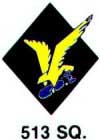
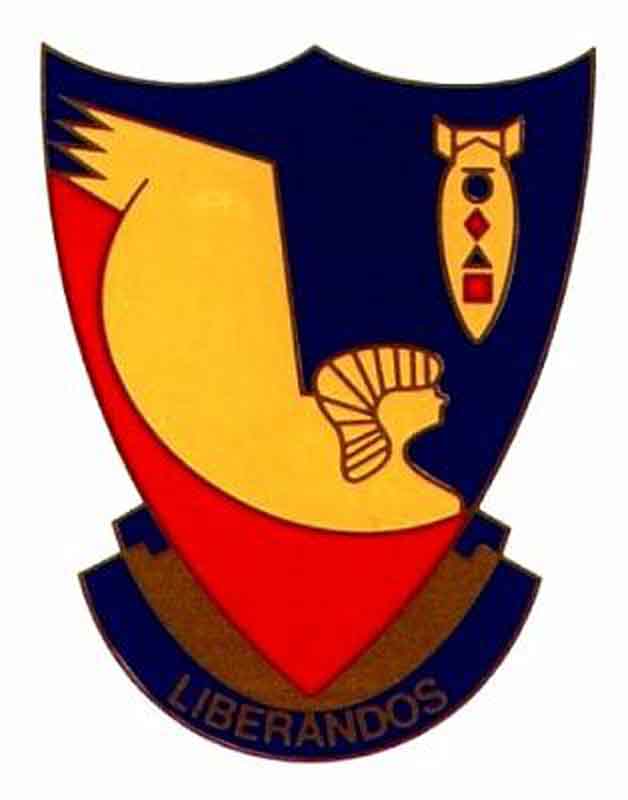
The website 376bg.org is NOT our site nor is it our endowment fund.
At the 2017 reunion, the board approved the donation of our archives to the Briscoe Center for American History, located on the University of Texas - Austin campus.
Also, the board approved a $5,000 donation to add to Ed Clendenin's $20,000 donation in the memory of his father. Together, these funds begin an endowment for the preservation of the 376 archives.
Donate directly to the 376 Endowment
To read about other endowment donation options, click here.
Reunion
NOTE change in month !!!
DATES: Oct 26-29, 2023
CITY:Tucson, AZ
HOTEL: Double Tree Suites Airport hotel
7051 South Tucson Blvd., Tucson, AZ 85756
520-225-0800
Click here to read about the reunion details.
